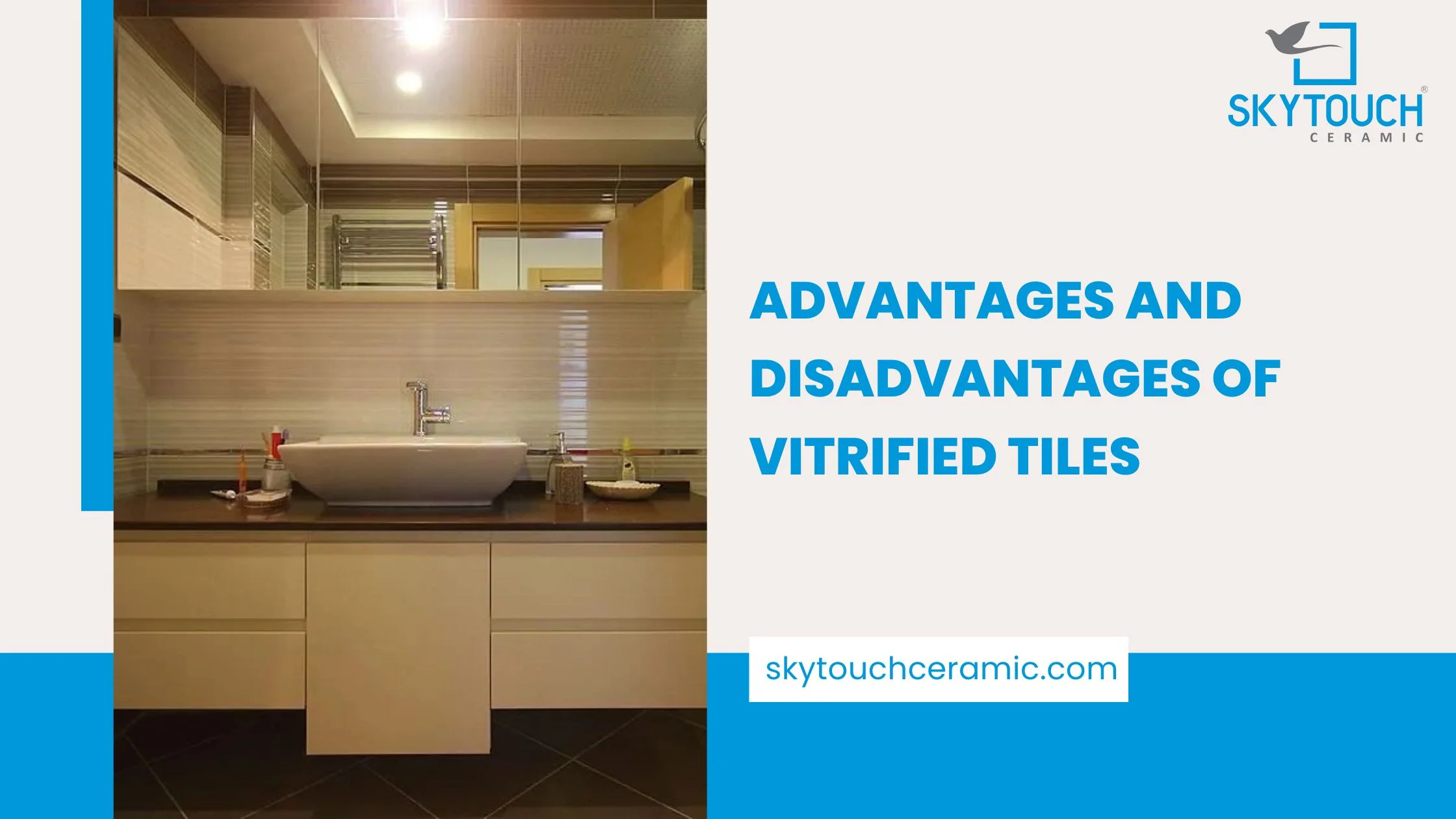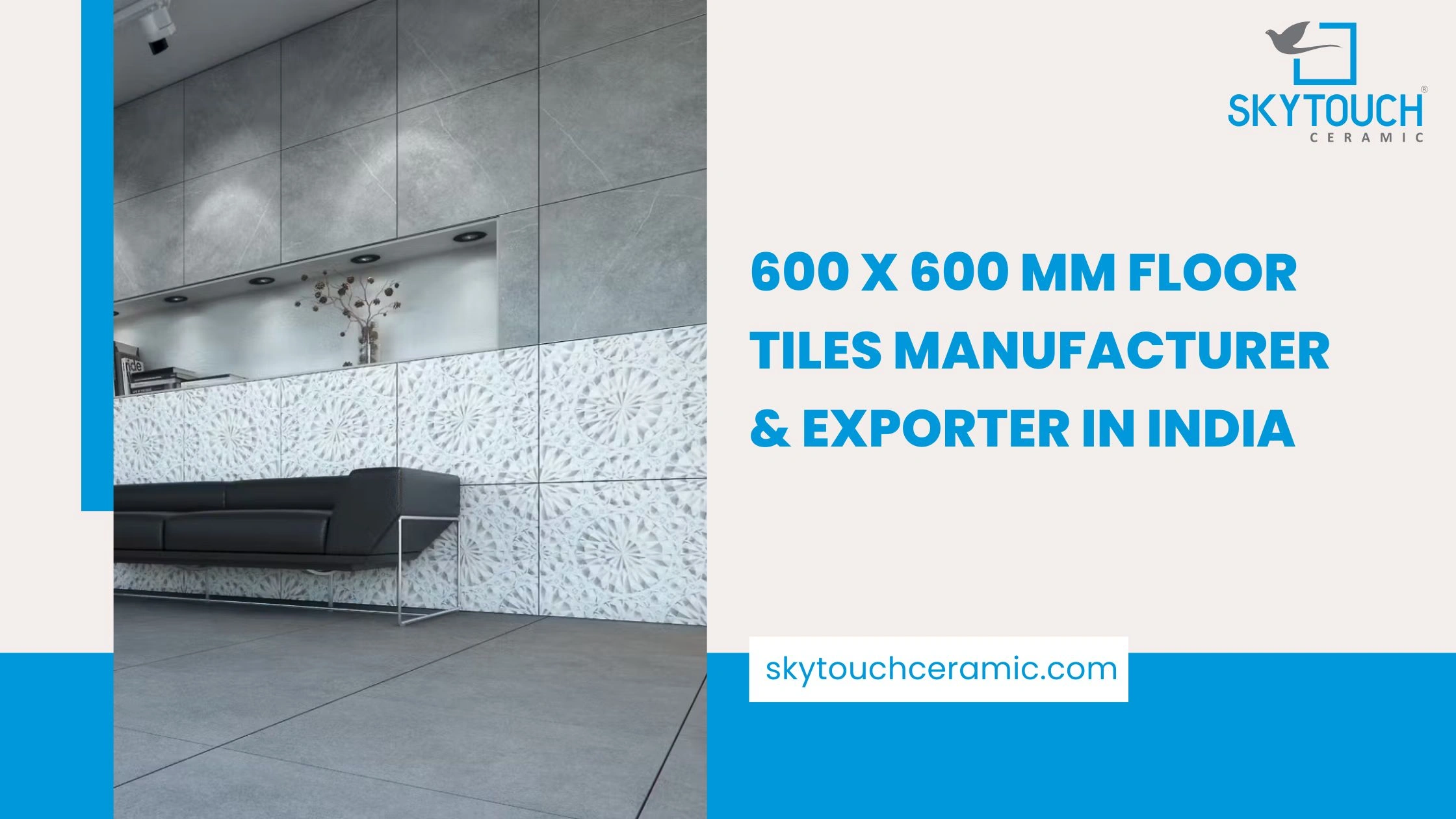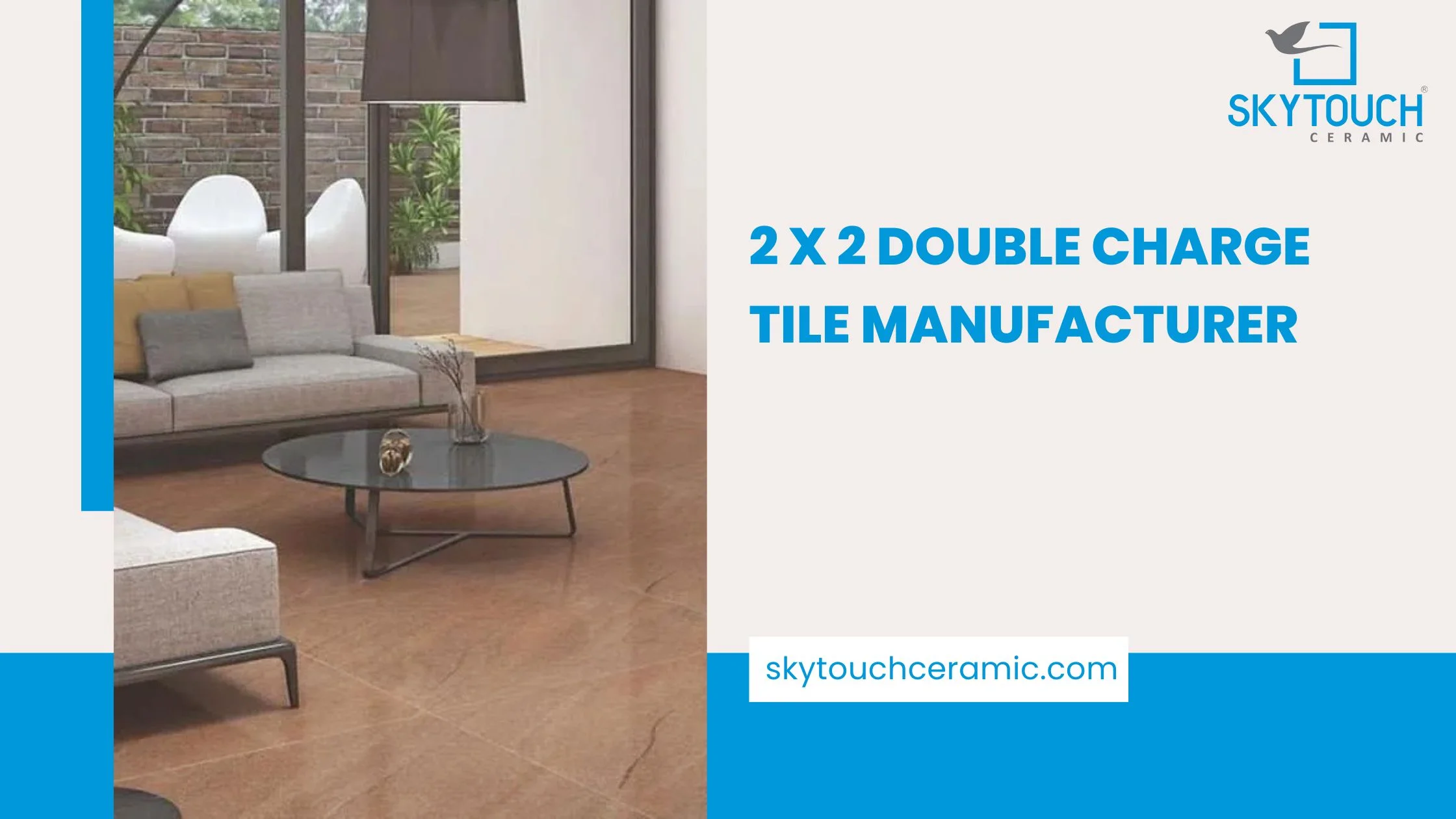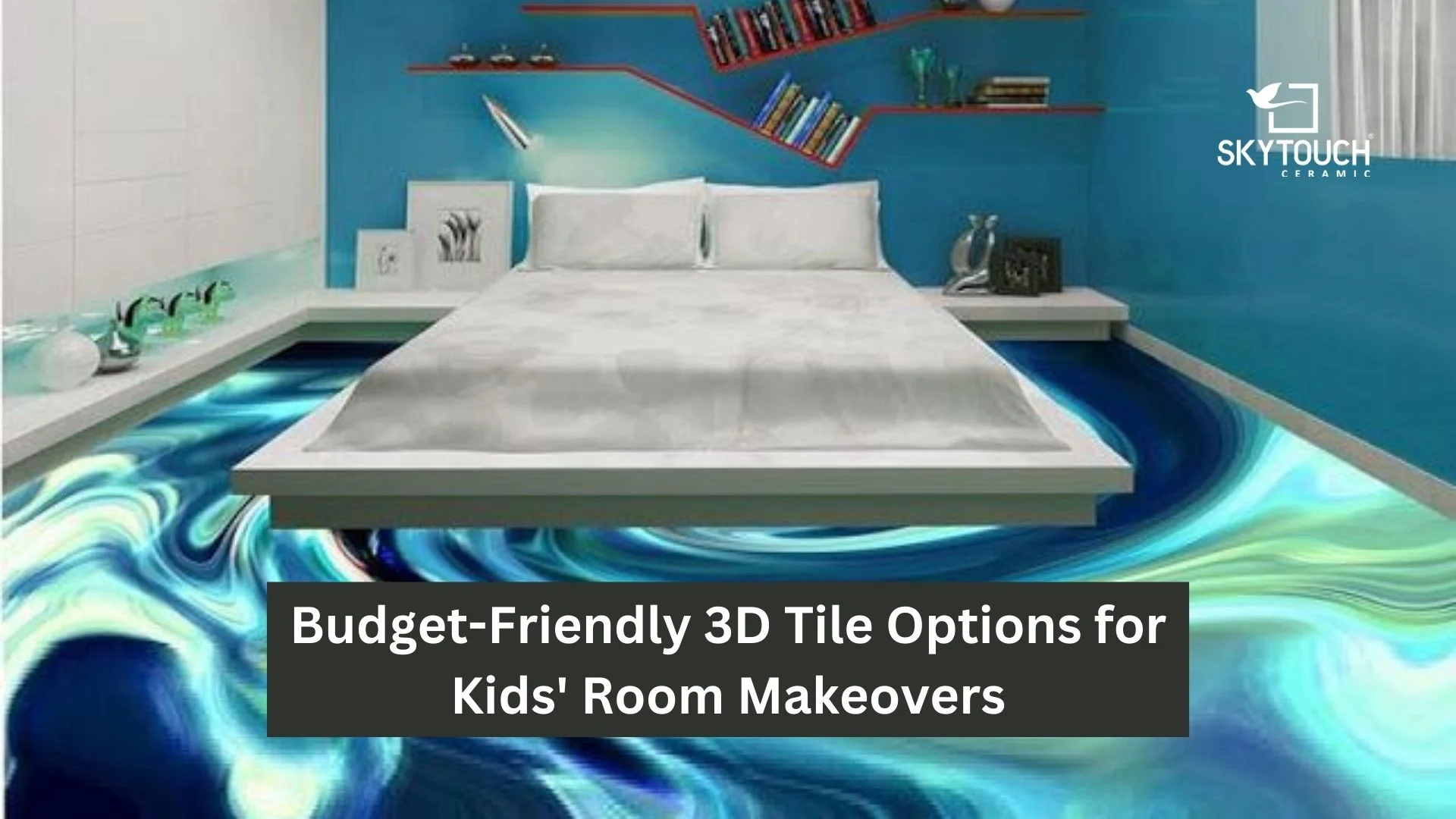Vitrified tiles are virtually identical to ceramic tiles; the biggest distinction is that they are superior, and that is not an exaggeration! It is a form of tiles that have been vitrified, which results in extremely low permeability and very low moisture retention rates.
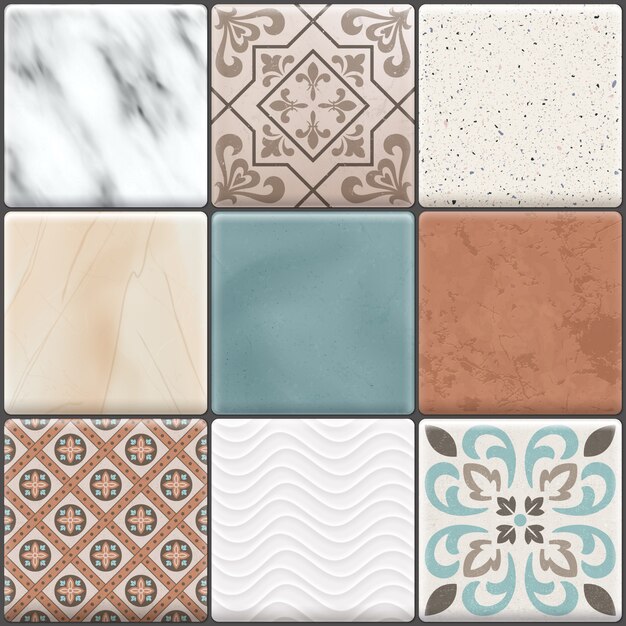
Vitrified tiles are extremely sturdy and durable, and they also have one of the greatest attributes. In terms of comparison, highly-quality vitrified tiles offer a significant advantage over genuine stone or marble tiles, giving them a truly noteworthy alternative for living areas nowadays. Everything, no matter how wonderful or useful, cannot be completely flawless. Everything has some glistening elements and even some less glistening ones.
Advantages And Drawbacks Of Vitrified Tiles
Let's look at some advantages and disadvantages of vitrified tiles, so you can make a more informed judgment about vitrified tiles.
Advantages of Vitrified Tiles
The advantages of vitrified tiles make them more desirable and popular nowadays and widely utilized in spaces around the world. Because vitrified tiles are manufacture through the vitrification process, they are an extremely robust and homogenous material. When clay is coupled with feldspar and quartz, the components merge to create a melted fluid glassware status, which solidifies to form vitrified tiles, an extremely hard material.
1. They are particularly hard and dense, and that makes them quite durable and wear-resistant. This gives them a long life and requires relatively less maintenance than other flooring options.
2. Because of the vitrification process which renders a natural sheen, the vitrified tiles are manufactured to withstand almost all kinds of wear and tear. Scratch and staining resistance is provided by vitrified tiles.
3. Because of their durability and multi-functional abilities, vitrified tiles are particularly suitable for both interior and exterior usage.
4. Their extent of application is not at all limited and hence they can be used in a variety of spaces in and out of the house. In the interiors, they may be used for domestic floors, and wall tiles in kitchens and bathrooms, and for exteriors, they are ideal for high-traffic areas.
5. Vitrified tiles have a consistent composition throughout their body and hence run an even style, layout, and surface.
6. Because of its creation, they are an enhanced combination of ceramic and porcelain tiles, where they are more visually stunning than ceramic tiles and are far simpler to clean and maintain than porcelain tiles.
7. Vitrified tiles are more durable than ceramic and porcelain tiles and may be utilized in high-footfall locations as well as domestic settings.
Disadvantages of Vitrified Tiles
Even vitrified tiles have some or the other disadvantages which makes them less perfect, however, these limitations or disadvantaged of vitrified tiles can be overlooked or can be worked around to take advantage of its endless possibilities. Even so, here are some of the disadvantages which could help you make a decision.
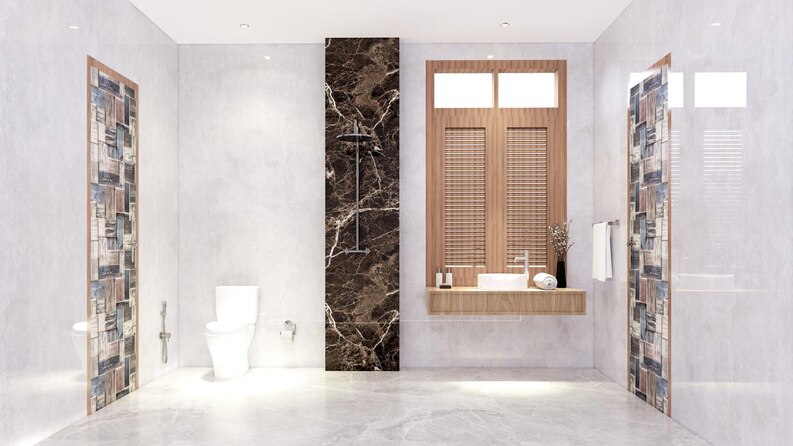
1. The primary downside of vitrified tiles is their higher cost.
2. A professional tile layer is required to lay tiles to guarantee thin, uniform, and clean connections between the tiles.
3. The defective tile should be trimmed all along grout lines, and the adjacent materials may be affected in the attempt.
4. Furthermore, you are rare to locate identical tile after a few years, so when you buy tiles, usually buy a few extra pieces and keep them as a spare for when you need them.
5. High-quality glue is employed to maintain sturdiness.
6. The grout must be sealed every year or every two years, otherwise, it will begin to look unclean. If the sealer is left to cure, it will leave a hazy sheen on the tiles.
7. It is tough to set up and install.
8. When wet, vitrified tiles become slick.
9. Vitrified tiles are not ecologically responsible products since the manufacturing process consumes a lot of power and emits a lot of carbon dioxide.
As mentioned earlier, the pros and cons of vitrified tiles must be weighed before making an informed choice. In the long run, though the decision to choose vitrified tiles will not be a regrettable one, as it provides value for the money.

